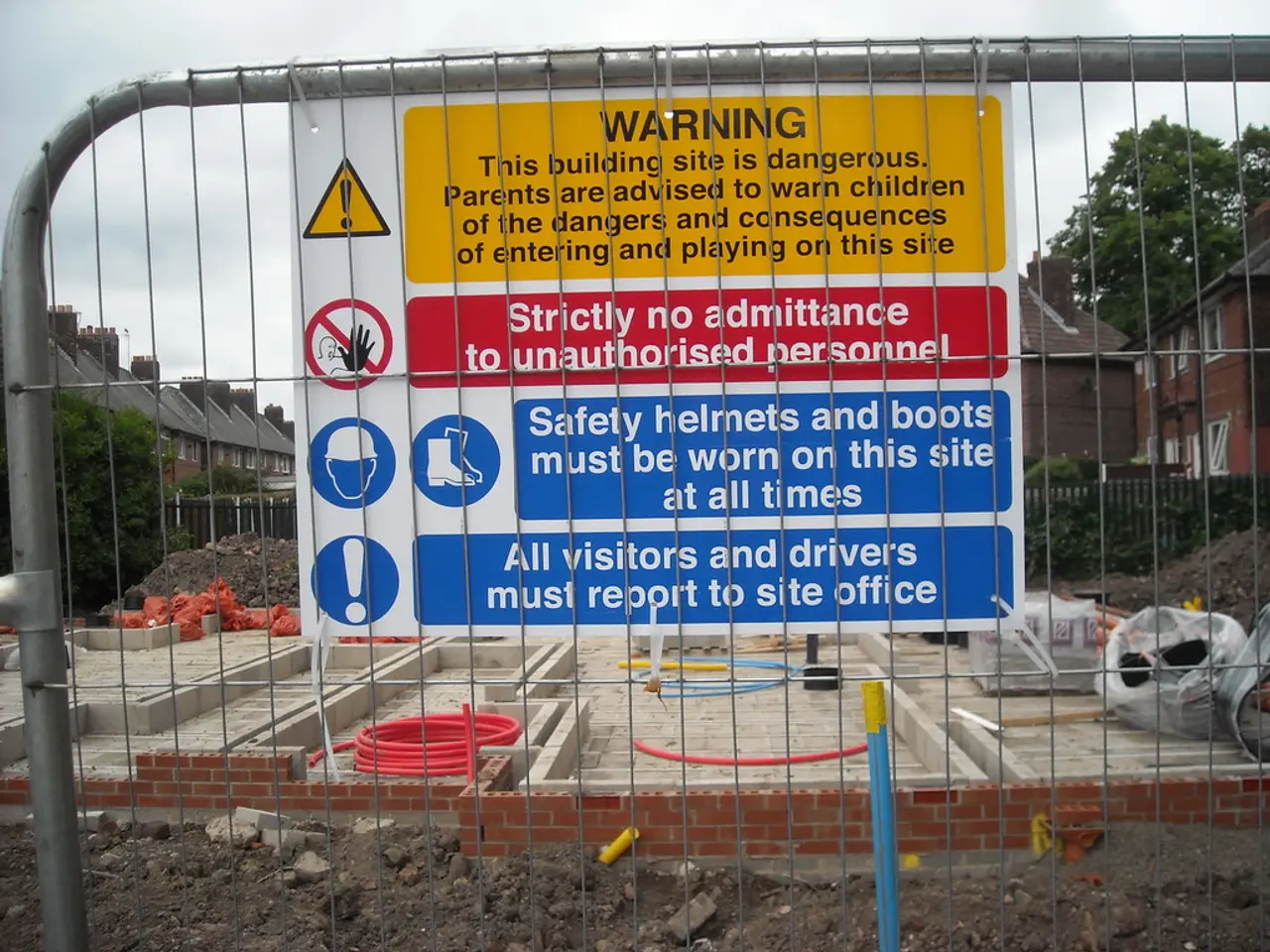Symptoms Indicating Inadequate Management in the Office Environment
Bad leadership can be the silent killer of a team's success. It can leave you feeling uninspired, your ideas ignored, and the workplace a stressful environment. Got a lethargic team? High turnover rates without a clue why? It might all trace back to ineffective leadership. Let's dive into 15 undeniable signs of poor leadership and learn how to navigate these hazards of bad management.
1. Vague Vision:
A lack of a clear vision can leave everyone confused and directionless. Effective leaders must set bold, attainable goals that align the team and motivate them to push forward.
2. Mumbled Messaging:
Leaders with poor communication skills foster confusion and tension. Open communication is key; clear instructions, constructive feedback, and transparent updates are essential to keep everyone on track.
3. Deaf Ears:
Ignoring team members' ideas and concerns shows a lack of understanding and respect. Playing an active listening role is crucial to foster a supportive and innovative environment.
4. Ice-Cold Heart:
Leaders devoid of empathy can create a harsh, untouchable atmosphere. Caring for and relating to employees paves the way for a strong, loyal team.
5. Rigid Mindset:
Inflexible leaders stifle creativity and resistance to change can prevent adaptation to market demands. Embrace change and encourage experimentation to keep a team dynamic and competitive.
6. Favoritism:
Favoriting certain team members over others can erode trust and fairness, leading to resentment and a decline in overall team performance. Treat everyone equally to maintain a level playing field.
7. The Taskmaster:
Leaders who attempt to handle everything themselves or refuse to delegate can cause bottlenecks and burnout. Developing trust in team members' abilities and delegating tasks enables them to grow and boost productivity.
8. Hypocrisy:
If a leader's actions don't mirror their words, it breeds distrust and disengagement. Lead by example and show integrity to earn respect from your team.
9. Neglect:
Overlooking the growth opportunities of employees fosters a feeling of being undervalued and stagnation. Encourage learning, training, and career development to cultivate a high-performing team.
10. Stoicism:
Ignoring conflicts within the team allows them to escalate. Address issues head-on, creating a safe environment for open dialogue to encourage resolution before things escalate.
11. Accountability? What Accountability?:
Leaders who neglect taking responsibility for their actions create a culture of complacency. Set clear expectations and follow through on consequences or achievements to foster a culture of accountability.
12. Inconsistencies:
Inconsistent decisions and behavior create uncertainty and undermine team trust in leadership. Stick with established guidelines and policies to maintain stability.
13. Helicopter Leadership:
Micromanaging stifles autonomy, creativity, and motivation. Give your team space to work independently while offering guidance. Workshops on trust and autonomy can help leaders learn the art of letting go.
14. Unrecognized Efforts:
Not acknowledging achievements demotivates team members and makes them feel underappreciated. Celebrate milestones to boost morale and foster a supportive work environment.
15. Toxic Culture of Fear:
Leaders utilizing fear as a motivator discourage risk-taking and open communication. Focus on creating a positive work environment by encouraging open dialogue, celebrating failures as learning opportunities, and promoting calculated risk-taking.
Fostering strong leadership in the workplace requires:- Encouraging open, honest communication;- Setting clear goals;- Offering regular feedback;- Leading by example;- Promoting teamwork;- Investing in development;- Creating a positive work environment;- Showing empathy;- Encouraging innovation;- Practicing decisiveness.
Create a leadership culture that empowers everyone to thrive. Don't be a part of the problem; be the solution.
- A clear vision for the team is essential in collaboration to keep everyone motivated and aligned towards a common goal.
- Effective leaders prioritize open communication to avoid creating confusion and tension, ensuring clear instructions, constructive feedback, and transparent updates.
- Listening to team members' ideas and concerns reflects empathy and fosters an environment conducive to innovation.
- An empathetic leader treats all team members equally, fostering a supportive and loyal team structure.
- Adaptability is crucial in embracing change, allowing for creativity and the ability to respond to market demands.
- Favoritism within the team can lead to resentment and declining overall performance, so leaders must treat everyone with fairness.
- Delegation is crucial for productivity, enabling team members to grow and alleviate potential bottlenecks.
- Consistency in words and actions builds trust among team members and ensures a culture of accountability.
- Leaders who invest in employee development through learning, training, and career advancement opportunities retain valuable talent.
- Conflict resolution is key to maintaining a positive work environment, addressing issues head-on to encourage open dialogue and resolution.
- Lead by example and demonstrate integrity to earn the respect of your team and foster a strong leadership culture.
- Clear expectations and follow-through on consequences or achievements promote a culture of accountability, ensuring accountability across the team.
- Encourage autonomy by providing guidance rather than constant supervision, allowing team members to perform independently and take calculated risks.
- Acknowledging achievements boosts morale, improving overall work environment and individual motivation levels.
- By fostering a positive work environment with open communication, calculated risk-taking, and celebrating failures as learning opportunities, leaders help create a culture of collaboration, innovation, and productivity. In the business world, developing strong leadership relies on factors like promoting teamwork, offering honest communication, providing regular feedback, leading by example, investing in development, creating a positive work environment, showing empathy, and encouraging innovation. Empower everyone to thrive in the workplace by being a proactive solution to poor leadership, rather than part of the problem.






